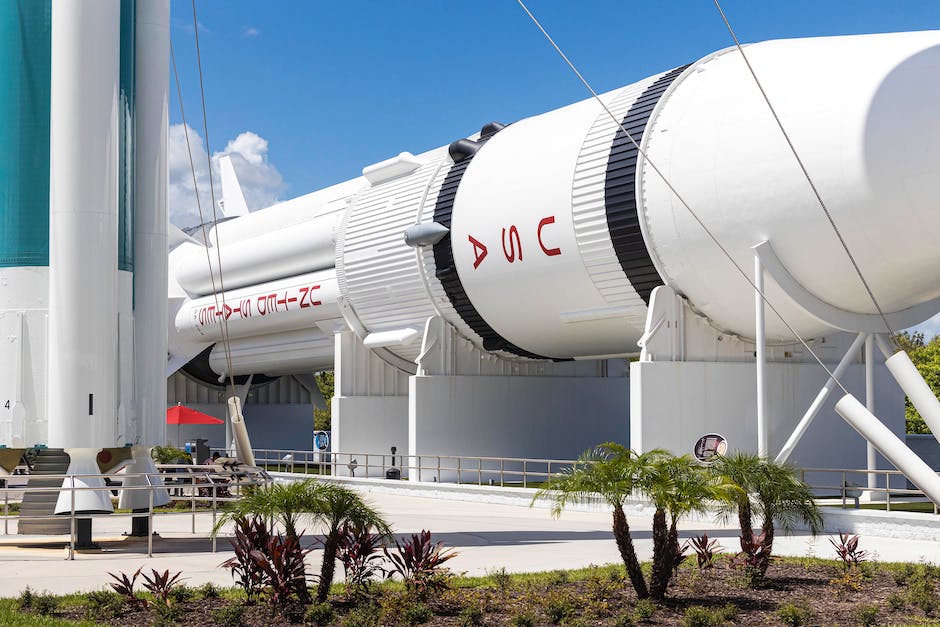NASA’s Lucy spacecraft is set to embark on an ambitious mission to study the Trojan asteroids, which are remnants of the early solar system. The spacecraft is scheduled to launch in October 2021, and will spend more than a decade exploring seven different asteroids. The mission will be the first of its kind, and is expected to provide scientists with important insights into the formation and evolution of the solar system.
The Trojan asteroids are located in two clusters that orbit the sun in tandem with Jupiter. They are thought to be the remnants of a much larger population of asteroids that formed during the early days of the solar system. By studying these asteroids, scientists hope to learn more about the conditions that existed in the early solar system, and how the planets and other objects in the solar system came to be where they are today.
Lucy will be equipped with a suite of scientific instruments, including cameras, spectrometers, and a laser altimeter. The instruments will allow the spacecraft to map the surface of the asteroids and study their composition and structure. The spacecraft will also conduct flybys of a number of other objects, including a main belt asteroid and a Kuiper Belt object.
Lucy’s journey will be a long one. The spacecraft will take advantage of gravity assists from Earth and other planets to reach the Trojan asteroids, which are located more than 500 million miles from Earth. The spacecraft will also make a close flyby of Earth in 2024, allowing scientists to test its instruments and make any necessary adjustments before it begins its long journey to the outer solar system.
Lucy is named after the famous hominid skeleton that was discovered in Ethiopia in 1974. The spacecraft is part of NASA’s Discovery Program, which aims to explore the solar system with a series of low-cost, high-value missions. Lucy is the 13th mission in the program, and is expected to be one of its most exciting and groundbreaking.




